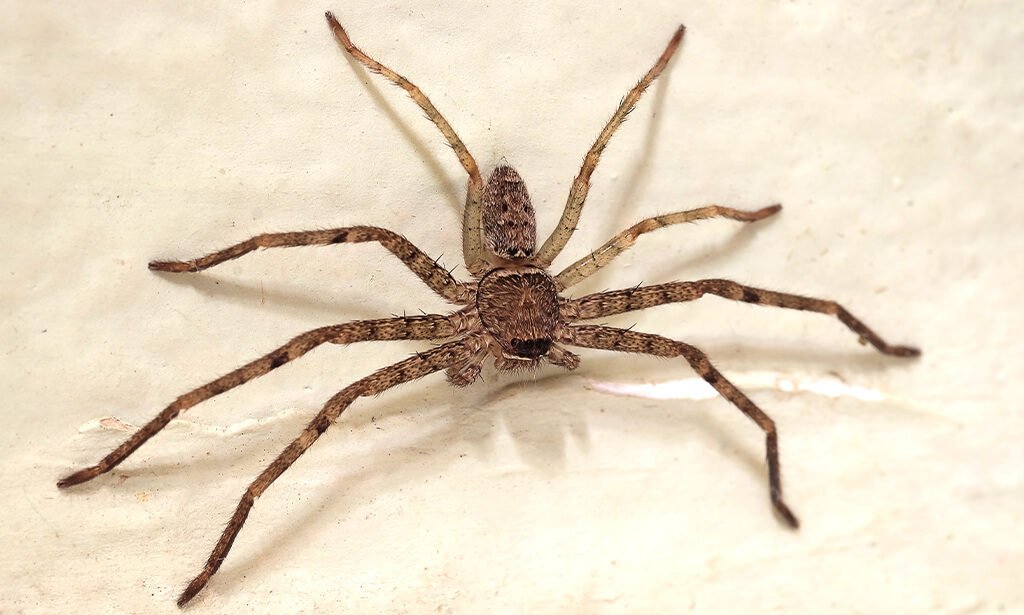

HOBO SPIDER SKIN
Where their bites have been identified they tend to be painful, cause redness and minor skin irritation. The recluse spider bite needs medical attention.Ĭonfirmed hobo bites are rare and few in between because these spiders are not your typical biters. Hobo spiders are commonly confused with Brown recluse spiders which have a venomous bite with a necrotic effect. During the mating season the male spider roams these areas looking for a female to mate with. Typically hobos love damp and dark cracks outdoors. Their webs have a back exit at the funnel which they use to escape into the dark crevice or other protected areas. They are not good climbers so they create their webs near dark crevices. Although the spider doesn’t seem to have any distinct markings it has some sort of dark pattern on the back that is clearly visible at very close quarters.

The abdomen is oblong and its legs are flawlessly tapered. It has a maximum body length of 1.4 centimeters and width of 4.5 centimeters. The spider is not very distinct to make it stand out with its ordinary brown color. Self defense in this case means the spider is trapped against your skin.
HOBO SPIDER PLUS
Plus hobo spiders are not prone to biting people unless they do it in self defense or when catching prey. Following its scientific name Tegenaria Agretis, most people concluded the “Agretis” means aggressive. These spiders are not dangerous so the consequences are not serious. Hobo spiders can cause significant concern with their bites but the concern is more about the pain of the bite rather than any venom. They spread throughout the States by from the rail tracks which carried them everywhere. It got the name hobo from the fact that it likes to inhabit railroad tracks. It can also be found in Alaska and Yukon which is a Canadian territory. This spider is commonly found in the Pacific Northwest of the United States including Wyoming, Washington, Oregon and California. They wait for their prey at the end of the funnel only lunging for insects after they make their way deep into the web. These are spiders that construct a web that has a funnel shape structure. The hobo spider comes from the family of funnel web spiders.


 0 kommentar(er)
0 kommentar(er)
